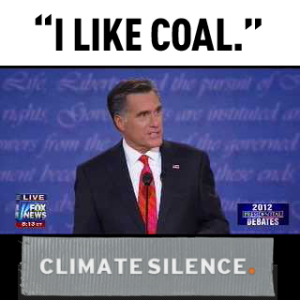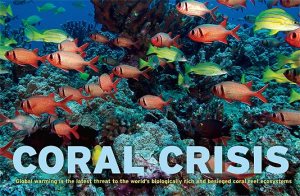This week’s NBC Education Nation was touted as a must-attend/must-see event for anyone interested in the education of America’s youth. This summit, hosted by NBC in New York’s Rockefeller Center brought together more than 300 leaders in education, philanthropy, government and the media. Guest speakers included President Barack Obama, Presidential hopeful, Mitt Romney, U.S. Secretary of Education, Arne Duncan, and a host of other CEO’s, politicians, journalists, etc.
I have followed this summit online, reading excerpts from town hall meetings and blogs, as well as watching reports on the local news stations. A lot of problems with the education system have been mentioned, but the subject noticeably avoided was green initiatives. In fact, some of the suggestions offered may conflict with the green movement. Primarily, there is an emphasis on technology in education, which endorses equipping students with tablets, laptops and smart phones to be used in the classroom. While this may sound like a great idea on the surface, one can only imagine the magnitude of the negative impact of this huge amount of electronic debris on the environment. Of course, such ideas are great for Microsoft and other computer and electronics manufacturers, who make large notations to schools or who sell these products to students at a discount, thereby reaping large financial gain and tax credits. Their bottom line is different than that of the green movement. Also, one must question the equity in this suggested program. To effectively address the issue of education, any program would need to be inclusive of all children irrespective of station in life. It would be unfair for students in the poor school districts to be left out of these programs because they do not have access to Internet or other systems necessary to support the use of these devices.
Another topic not addressed at the summit was learning environment. To be successful in school, students need access to physically healthy structures. This summit seemed to ignore the fact that there are a lot of “sick” school buildings still in use, once again predominantly in poor communities. Many children in this country attend schools that are polluted with mildew, mold, outdated structures or inadequate/no heating system or air conditioning, thereby making learning difficult or impossible. The provision of a suitable learning environment has to be part of the education nation dialogue.
A third topic of the summit was online learning. There are two sides to this story also. Access to online courses is beneficial to some people, but it should not replace the traditional classroom, which presents a valuable opportunity to ask questions, and more importantly, to hear the questions and comments of other students and instructors. I can recall times that a student did not ask a question, but a teacher recognized a confused look and addressed concerns of that individual. Online courses potentially remove the ability of a teacher to recognize the need for additional help from a student who may not be able to verbalize this need. Any online course programs definitely should incorporate a hybrid component, which require some face-to-face group meetings. Additionally, school attendance presents an opportunity for the school systems to guarantee healthy meals for breakfasts and lunches. This is important for so many children and must be continued.
The issues discussed here represent only a few of the issues that needed to be addressed at the NBC Education Nation Summit. There was some discussion of curriculum, but the Summit should have included experts in the green movement, as these individuals are well aware of the environmental issues that need to be addressed through education. Discussion could have included the need for commitment to develop and implement educational programs to build the workforce to find solutions to green issues threatening the planet.
This writer thinks the NBC Education Nation has earned an F for its grade for this year’s summit. Our very existence mandates that we learn green, live green, be green!

Green initiatives were not well represented in 2012 NBC Education Nation Summit











